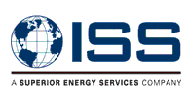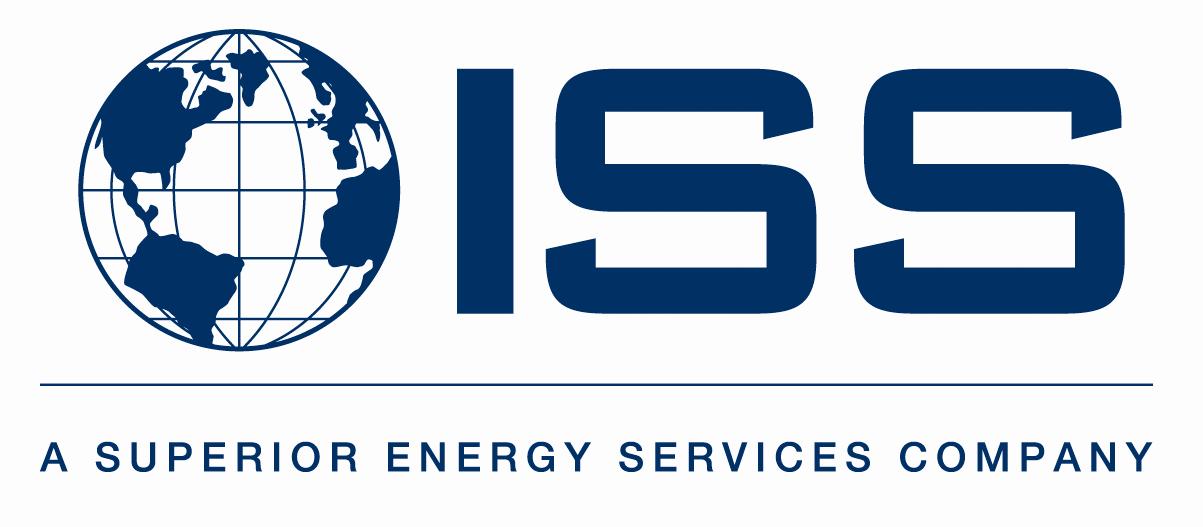Information
-
Document No.
-
Audit Title
-
Client / Site
-
Conducted on
-
Prepared by
-
Location
-
Personnel
1.0. EMERGENCY EXITS AND EMERGENCY PREPAREDNESS
-
1.1. All exits marked with an exit sign and illuminated? (Test to ensure proper functionality)
-
1.2. All exits kept free of obstruction?
-
1.3. Are air horns utilized for emergency notification in place and free of obstruction?
-
1.4. Emergency Muster Area sign posted?
2.0. FIRST AID
-
2.1. First Aid Kit(s) in accessible location?
-
2.2. First Aid Kit(s) contents appropriate and inspected?
-
Date of last inspection:
-
2.3. Bloodborne Pathogen Kit(s) in accessible location and fully stocked?
-
2.4. AED in accessible location and ready for use? (Check "Ready" Status)
-
2.5. Emergency Eye Wash and Shower Stations functional and ready for use?
-
Portable Eye Wash and Shower Stations shall be drained, flushed and refilled with clean potable water at least every 90 days.
-
Date of last water change out (Mechanic Shop):
-
Date of last water change out (Welding Shop):
-
Date of last water change out (Tong Shop):
-
Date of last water change out (Chemical-Fuel Storage Area):
3.0. FIRE FIGHTING EQUIPMENT
-
3.1. Fire extinguisher's located in designated areas and accessible?
-
3.2. Have fire extinguisher's been visually inspected monthly (in-house) and annually (3rd Party)?
4.0. SAFETY SIGNS AND WARNINGS
-
4.1. Safety signage posted and in good condition?
-
4.2. Signs easily identifiable?
5.0. FLOORS, WALKWAYS, STAIRS AND PLATFORMS
-
5.1. Walkways clear of trash, materials, equipment, extension cords and protruding sharp edges?
-
5.2. Are walkways and working surfaces free of tripping hazards?
-
5.3. Surfaces free of slip hazards (oil, grease, etc.)?
-
5.4. Handrails, steps and grating in good condition?
6.0. WORK ENVIRONMENT
-
6.1. Overall housekeeping satisfactory?
-
6.2. Work areas clean and orderly?
-
6.3. Work Surfaces kept free of dust/dirt (where practical)?
-
6.4. Work area adequately illuminated?
-
6.5. Restroom and washing facilities clean and sanitary?
-
6.6. Work areas free from obstructions, materials and sharp edges?
7.0. WASTE
-
7.1. Trash / Debris picked up when necessary?
-
7.2. Waste Bins regularly emptied?
-
7.3. Waste Bins segregated into correct waste types?
-
7.4. Waste Bins properly labeled?
8.0. PERSONAL PROTECTIVE EQUIPMENT (PPE)
-
8.1. Are employees utilizing the proper PPE for the type of hazard?
-
8.2. PPE used and correctly worn?
-
8.3. PPE kept clean and in good condition?
9.0. HAZARDOUS SUBSTANCES / DANGEROUS GOODS
-
9.1. Chemical inventory and Safety Data Sheets (SDS) / Material Safety Data Sheets (MSDS) available and up-to-date?
-
9.2. Are containers clearly labeled?
-
9.3. Spill Control/Kits readily available with adequate supplies?
-
9.4. Gas cylinders stored upright and secured?
-
9.5. Are empty and full gas cylinders stored separately?
-
9.6. Are gas cylinders stored away from ignition sources?
10.0. MATERIAL HANDLING & STORAGE
-
10.1. Are materials stored in a safe manner?
-
10.2. Materials stored in racks & bins where possible?
-
10.3. Proper staging of material to minimize lifting and carrying utilized?
-
10.4. Are forklifts operated in a safe manner by trained/qualified operators only?
-
10.5. Are forklift inspections conducted and documented daily?
-
10.6. When employees are operating the forklift, are seat belts being utilized?
-
10.7. Are overhead crane inspections conducted and documented daily?
-
10.8. Are chains, slings and cables (rigging equipment) in good condition and within certification / expiration date?
-
10.9. Are cotter/split pins utilized for securing shackles on lifting rigging gear?
11.0. LADDERS
-
11.1. Are ladders properly stored when not in use and maintained in good condition (no missing or broken rungs, etc.)?
-
11.2. Are ladders marked as industrial strength and non-conductive?
-
11.3. Are ladder rungs and steps free of grease and oil (clean - free of slip hazards)?
-
11.4. If a ladder is being utilized, is the proper ladder for the job being used correctly?
12.0. SHOP EQUIPMENT AND HAND TOOLS
-
12.1. Equipment and tools kept in good condition and clean?
-
12.2. All guards in place and functioning properly?
-
12.3. Emergency stop controls present, marked and functions properly?
-
12.4. Damaged equipment and/or hand tools rendered safe (repaired) or taken out-of-service?
-
12.5. Are hand tools and equipment free of any obvious physical damage?
-
12.6. Are tools not in use stored in designated storage?
-
12.7. Compressed air tools and hoses in good condition, used properly and returned to storage after use?
13.0. ELECTRICAL
-
13.1. Any frayed cable insulation showing on extension / power tool cords?
-
13.2. Are tools and cords properly grounded (ground pins in good condition)?
-
13.3. Wiring/Cabling positioned off the ground and/or secured?
-
13.4. Electrical Panels properly labeled and no missing covers?
14.0. ENVIRONMENTAL
-
14.1. Are tanks, drums and containers properly labeled?
-
14.2. Are tanks, drums and containers free of signs of leakage, ruptures, drips and/or stains?
-
14.3. Overall exterior condition of tanks, drums and containers is satisfactory?
-
14.4. Storm Water / Drain checked?
-
14.5. General housekeeping of chemical storage area(s) is satisfactory?
-
14.6. Drain valve(s) for secondary containment area and equipment skids are closed to prevent leakage?
-
14.7. Secondary containment area and equipment skids are free of leaking material and standing rain water?
ATTENDEES (SIGNATURES)
-
Add signature
-
Add signature
-
Add signature
-
Add signature
-
Add signature










